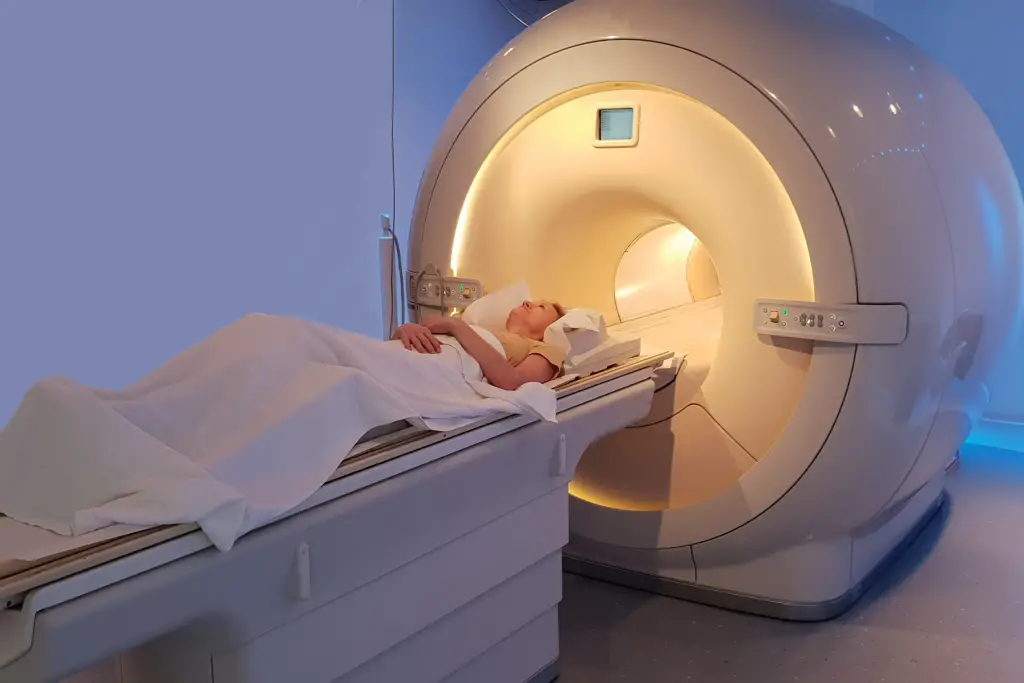MRI, or Magnetic Resonance Imaging, has been an invaluable tool in the field of medicine. The introduction of open air MRI has brought a fresh breeze of innovation, making the process more patient-friendly and efficient.
History of MRI Technology
Medical imaging has come a long way since its inception. Traditional MRIs, though effective, often made patients feel claustrophobic. The evolution to open air MRI has revolutionized patient comfort without compromising on imaging quality.
Features of Open MRI
The open design offers patients a non-claustrophobic experience. Additionally, the advanced technology delivers:
- Advantages over Conventional MRI: Reduced anxiety, accommodating larger patients, and superior comfort.
- Limitations and Challenges: While the benefits are vast, some challenges like specific imaging limitations remain.

Open-Air MRI Experience
- What Patients Should Expect: The experience is more relaxed. Patients aren’t enclosed entirely, which reduces anxiety.
- Preparing for the Procedure: Wear loose clothing and remove metal objects.
- Post-Procedure Steps: Generally, no recovery time is needed, and patients can return to their daily activities immediately.
Comparative Analysis
- Traditional MRI vs. Open Air MRI: Open MRI offers unparalleled comfort and a more relaxed environment.
- Cost Implications: Open-air MRI might be slightly pricier due to advanced technology, but many find the experience worth it.
- Time Efficiency: Procedures are often quicker, given the patient’s ease and the technology’s efficiency.
Safety Aspects of Open MRI
- Safety Protocols in Place: Just like traditional MRI, strict safety measures are adhered to.
- Common Concerns and Their Solutions: Concerns like radiation exposure are myths. MRI uses magnetic fields and not radiation.
Application of Open MRI
- Common Medical Conditions: Used in detecting brain anomalies, spinal issues, and joint problems, to name a few.
- Specialized Uses: Due to its comfort, it’s preferable for pediatric and geriatric patients.
Technological Insights
- How Open Air MRI Works: It employs powerful magnets and radio waves, capturing detailed images.
- Innovations and Future Predictions: As technology evolves, we can expect even more advancements in open MRI.
Choosing the Right MRI Option for You
- Factors to Consider: Think about comfort, cost, and the purpose of the scan.
- Consultation with Healthcare Professionals: Always consult with your doctor about the best option for your needs.
Frequently Asked Questions
How is open air MRI different from the traditional one?
The primary difference lies in the design. Open MRI offers a more open space, reducing claustrophobia and enhancing patient comfort.
Is open air MRI safe?
Absolutely! It follows the same safety standards as traditional MRI, ensuring patient well-being.
Does insurance cover open MRI?
Most insurance providers do, but it’s always a good idea to check beforehand.
How long does an open MRI procedure take?
Typically, it takes 20 to 60 minutes, depending on the type of scan.
Is the image quality as good as traditional MRI?
Yes, open MRI provides high-quality images suitable for accurate diagnoses.
Do I need a doctor’s referral for open MRI?
Usually, a referral is necessary. Always consult with your healthcare provider.
Conclusion
Open air MRI signifies a bright future for medical imaging. Prioritizing patient comfort without compromising on precision, it’s a testament to how technology can transform healthcare for the better.

